With over 15 dead and 150 missing following an avalanche in the Joshimath area of Chamoli district, a major disaster once again struck the Himalayan state of Uttarakhand.
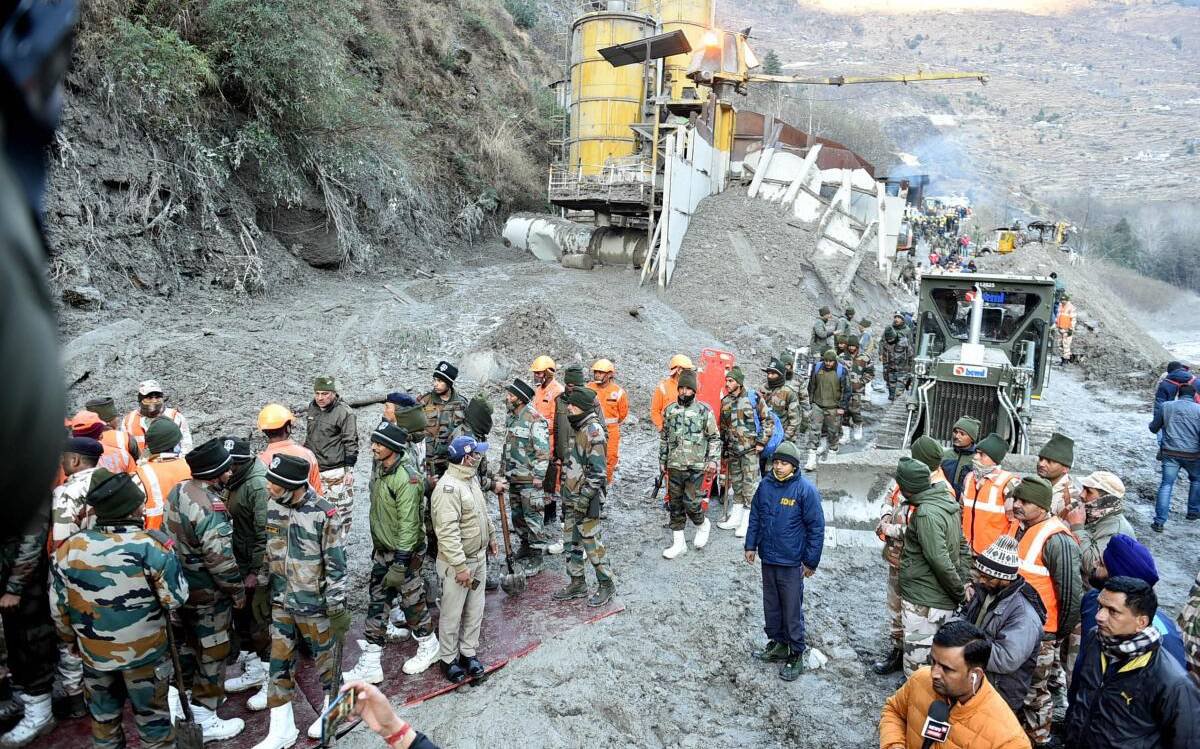
Talking of the recent catastrophe, the Chamoli police said that the Rishiganga Power Project had been damaged due to a breach caused by the glacier in Tapovan area.
Indian Air Force shares recce initial report from site of Uttarakhand flash flood
— ANI (@ANI) February 7, 2021
Visuals from broken Rishiganga Project Dam near Tapovan (pic 1), road & bridge broken due to Rubble at entrance at Malari valley (pic 2)
(Pic source-IAF) pic.twitter.com/4xmMJ1uGL7
While the cause behind the disaster is still being ascertained, several experts have pointed towards the irreversible harm caused by the developmental projects in the area.
Here’s what experts from across the country have to say about what could have possibly triggered flash floods in Uttarakhand.
Speaking to TOI, Dr. Farooq Azam, Assistant Professor, Glacialogy & Hydrology, IIT Indore said that such a glacial burst is an extremely rare event further emphasizing that global warming and climate change are undoubtedly a cause for frequent disasters in the region.
It’s a very rare incident for a glacial burst to happen. Satellite and Google Earth images do not show a glacial lake near the region, but there’s a possibility that there may be a water pocket in the region. Water pockets are lakes inside the glaciers, which may have erupted leading to this event.
According to him, it is unlikely that this was a cloud burst, since weather reports in Chamoli district showed sunny weather with no record of precipitation.
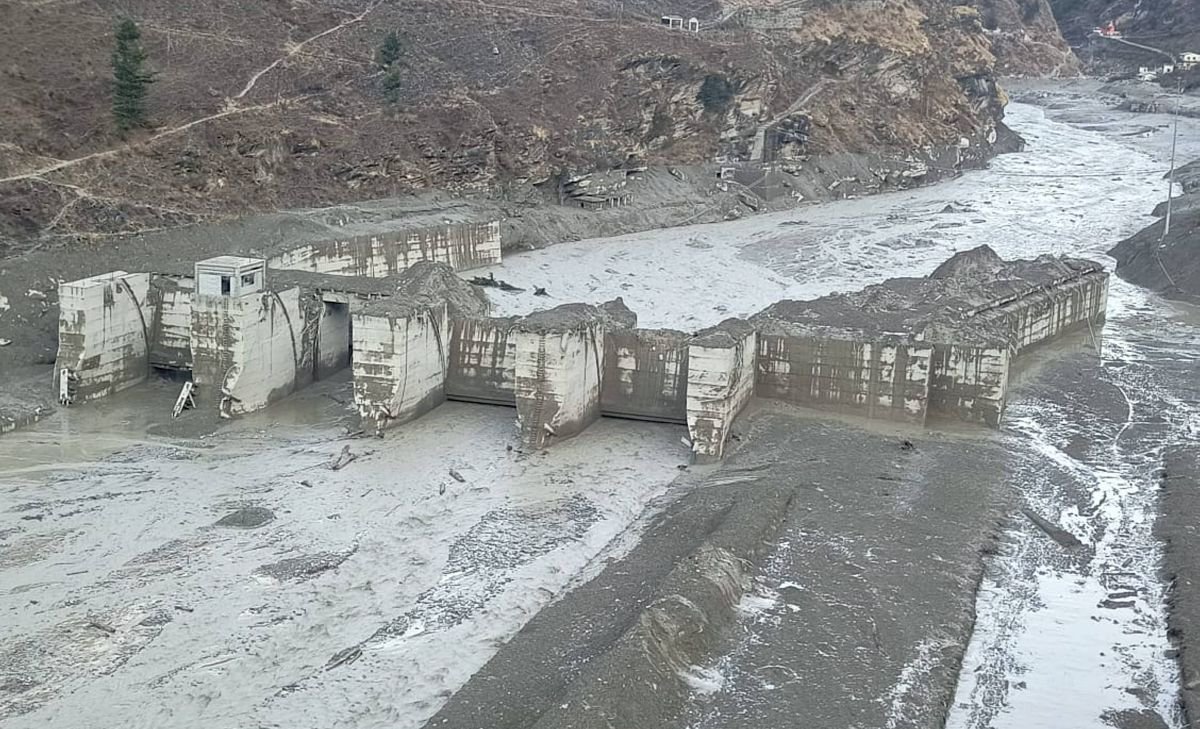
Some experts also believe that reduced snowfall this winter in Uttarakhand seems to have played a part in the disaster.
A scientist spoke to Down To Earth on the condition of anonymity and said:
It is very unusual for something like this to happen at this time. During winters, the rain and snowfall replenishes the glaciers and fixes any structural issues. However, this year, there was reduced snowfall in the higher elevations. This could have been one of the reasons, although it is hard to say right now which glacier has been affected.
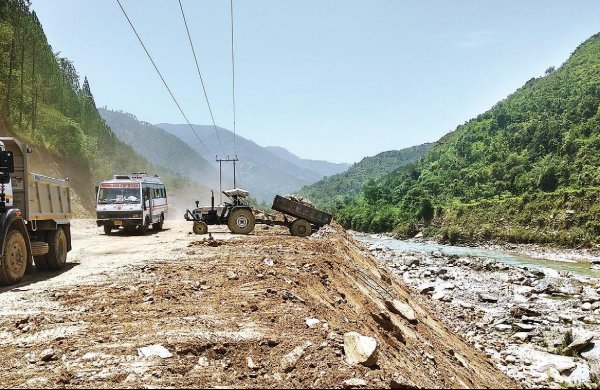
Talking about the combined effect of climate change and developmental projects in the Himalayan region, Maharaj K Pandit, professor in the Department of Environmental Studies and director of the Centre for Interdisciplinary Studies of Mountain & Hill Environment, University of Delhi, told DTE:
The Himalayas are warming faster than other mountain ranges and the increased use of reinforced concrete in building construction, replacing the traditional wood and stone masonry there, is likely to create a heat-island effect and thus add to regional warming.
He also emphasized on the need for an early-warning system in the Himalayas on the lines of that developed in the coastal areas after the 2004 Tsunami.
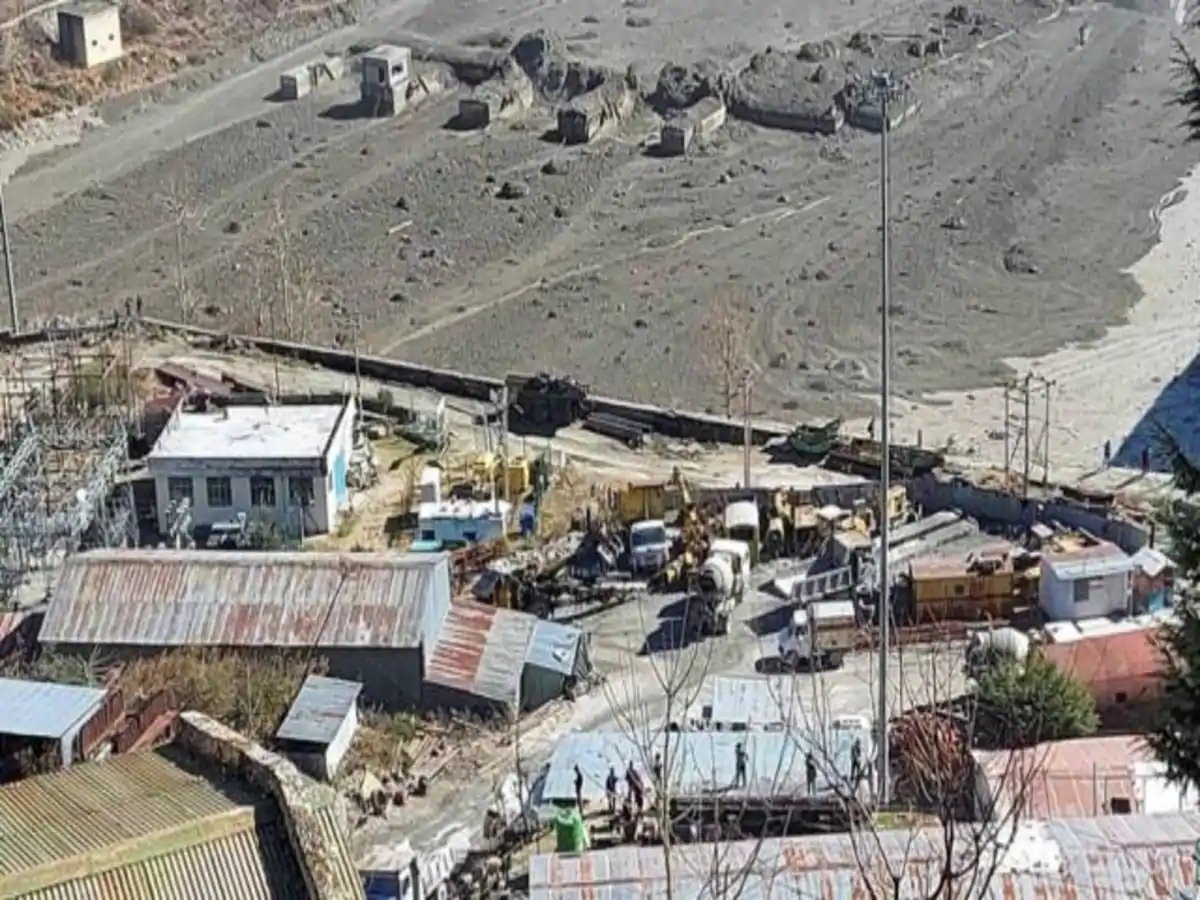
According to Dr. Anjal Prakash, Research Director and Adjunct Associate Professor, ISB, Hyderabad, the incident seems to be associated with climate change as glaciers are melting due to global warming.
The impact of global warming on glacial retreat is well documented. The recent assessment report called the HI-MAP report facilitated by ICIMOD has also pointed these out. The report shows that temperatures are rising in the Hindu-Kush Himalayan (HKH) region and the rise in global temperature will have more impact in the Himalayan region due to elevation-dependent warming.
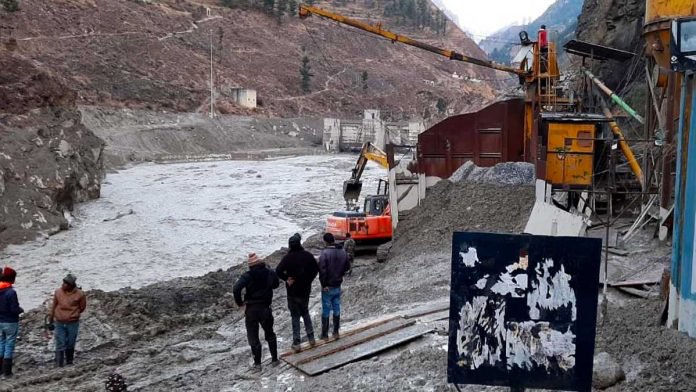
While climate change is a major factor behind such events, we cannot deny the role of anthropological activites in an ecologically sensitive area.
Amit Kumar, a scientist from Wadia Institute of Himalayan Geology expressed shock at the occurrence. He told TNIE:
If this is a glacier break then it is shocking. The cause needs to be investigated thoroughly. Factors like global warming annd anthropological pressure are the reason for melting of glaciers worldwide.
Dr. Dan Shugar of University of Calgary, who specialises in high altitude glacial and geologic environments, used satellite images from Planet Labs, captured before and after the disaster and made an observation that the flash floods could have been triggered by a landslide.
Actrually, it looks like it may have been a landslide from just W of the glacier. See here. Possibly from the steep hanging glacier in the middle of the Google Earth image. pic.twitter.com/6ImcwI91d7
— Dr Dan Shugar (@WaterSHEDLab) February 7, 2021
The flash floods have washed away at least two hydroelectric power projects – the Rishiganga hydroelectric power project and the Tapovan project on Dhauli Ganga River.
Reports suggest that 8 back-to-back new hydel projects are proposed on the Dhauli Ganga River, in addition to the Tapovan project.
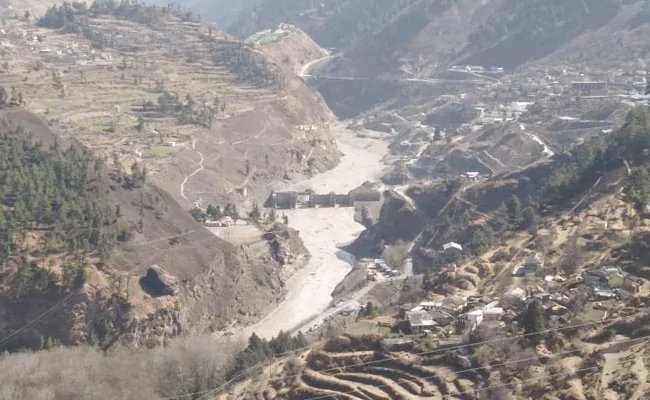
Scientists and geologists will take time to ascertain the real cause that triggered the disaster, but the frequent occurrence of such events in the Himalayas surely is a matter of concern.
And whether the Chamoli incident is human-induced or not, it should serve as a wake-up call, otherwise we could be in for worse.

















